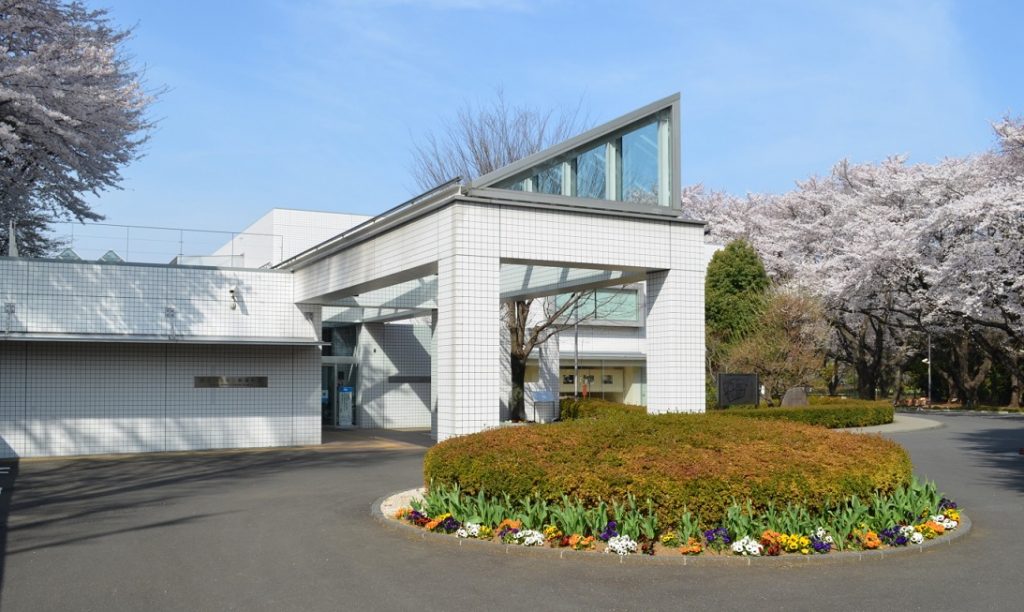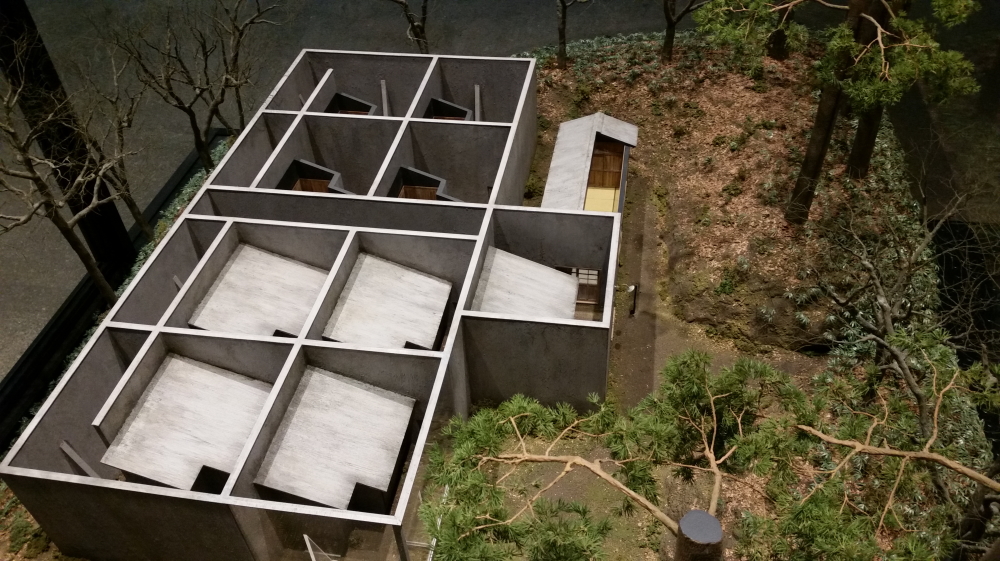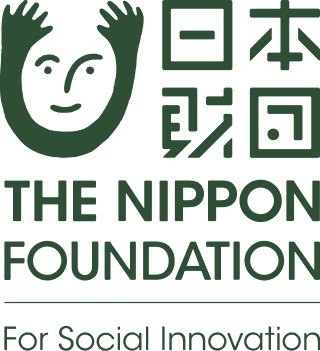The National Hansen’s Disease Museum
From April 1, 2016, The Nippon Foundation has been entrusted by the Ministry of Health, Labour and Welfare with the operation of the National Hansen’s Disease Museum in Higashimurayama, Tokyo, and the Jyu-Kanbo National Museum of Detention for Hansen’s Disease Patients in Kusatsu, Gunma Prefecture.
The National Hansen’s Disease Museum
The Prince Takamatsu Memorial Hansen’s Disease Museum was established in 1993 as a museum to commemorate the residents of all Hansen’s disease sanatoria across Japan. That year was also the 40th anniversary of the founding of the Tofu Kyokai (Wisteria-Maple Association), which was established to provide relief to persons affected by Hansen’s disease. The museum aims to be a testimonial to current and former sanatoria residents and to ensure that society does not repeat the mistakes of the past.

Residents of the adjacent National Sanatorium Tama Zenshoen led the effort to build the museum – raising funds for construction, collecting documents, producing the exhibition layout, and working on the exterior construction – and the land was provided by Tama Zenshoen. Residents have continued to be active with the museum since its opening, including giving talks and explanations of the exhibits to visitors.

Following the successful lawsuit against the government confirming the unconstitutionality of the Leprosy Prevention Law, in 2007 a new building was constructed and the museum reopened as the National Hansen’s Disease Museum, as part of the government’s restitution to the plaintiffs. Since becoming a national institution, the number of curators has increased and the museum has become involved in public awareness activities, exhibitions, collecting and safekeeping documents, research, and the dissemination of information.
Jyu-Kanbo National Museum of Detention for Hansen’s Disease Patients
In the past, Hansen’s disease sanatoria in Japan had what were called “special hospital wards.” One of these wards existed at the National Sanatorium Kuriu-Rakusenen, in the town of Kusatsu in Gunma Prefecture, from 1938 to 1947. These were hospital wards in name only, however, and in fact they were detention cells for Hansen’s disease patients who tried to escape or committed other infractions.

Patients were “admitted,” which in fact meant imprisoned, without any official court hearing, and were fed only small bowls of boiled barley and rice and plain miso soup twice a day. During the winters, the temperature would fall to minus 20℃, but the rooms had no heating or electric lights. The eight small rooms of less than eight square meters each, with wooden floors, housed at least 93 patients (the number officially recorded), of whom 23 died during their detention.

Investigations including one initiated by the National Diet in 1947 shed light on these extreme conditions, creating a social backlash that created the term Jyu-Kanbo for these special hospital wards (the Japanese characters translate as “serious” or “severe” and “prison cell” or “ward”). Today, the building has been destroyed and only the foundation remains, in a dense, tranquil forest.
In 2003, a petition requesting the government to restore Kuriu-Rakusenen and Jyu-Kanbo received 107,101 signatures, and the government panel on Hansen’s disease measures agreed that it was the government’s responsibility to restore and preserve the grounds of Jyu-Kanbo.
The Jyu-Kanbo museum was established in 2014 by the Ministry of Health, Labour and Welfare as Japan’s second national Hansen’s disease museum. The building symbolizes the policies of separation of people affected by Hansen’s disease that continued to 1996, and is intended to pass on this negative legacy to subsequent generations, foster respect for human rights, and teach the importance of human life.
Background Behind The Nippon Foundation’s Undertaking of Museum Operations
The Nippon Foundation has been involved with Hansen’s disease for more than 40 years. We have provided support internationally through the Sasakawa Memorial Health Foundation and the World Health Organization, but within Japan our support has only been indirect.
The Foundation takes its responsibility for the operation of the museums very seriously, and our aim is to continue and expand upon the museum’s operations to date. As the WHO Goodwill Ambassador for Leprosy Elimination and the Japanese Government Goodwill Ambassador for the Human Rights of Persons Affected by Leprosy, Yohei Sasakawa, Chairman of The Nippon Foundation, is focusing on gradually increasing information dissemination as international museums and strengthening the network of sanatoria across Japan through social interaction.
Related Links
Contacts
The National Hansen’s Disease Museum
- Address:4-1-13 Aoba-cho, Higashimurayama City Tokyo 189-0002, Japan
- Tel:+81(0)42-396-2909
- Closed:Mondays (or Tuesday if Monday is a national holiday)
Jyu-Kanbo National Museum of Detention for Hansen’s Disease Patients
- Address:464-1533 Kusatsu-shirane, Kusatsu town, Agatsuma county, Gunma Prefecture 377-1711, Japan
- Tel:+81(0)279-88-1550
- Closed:Mondays (or Tuesday if Monday is a national holiday, or for occasional maintenance. From Nov. 15 to April 25, group tours with advance reservations only.)



